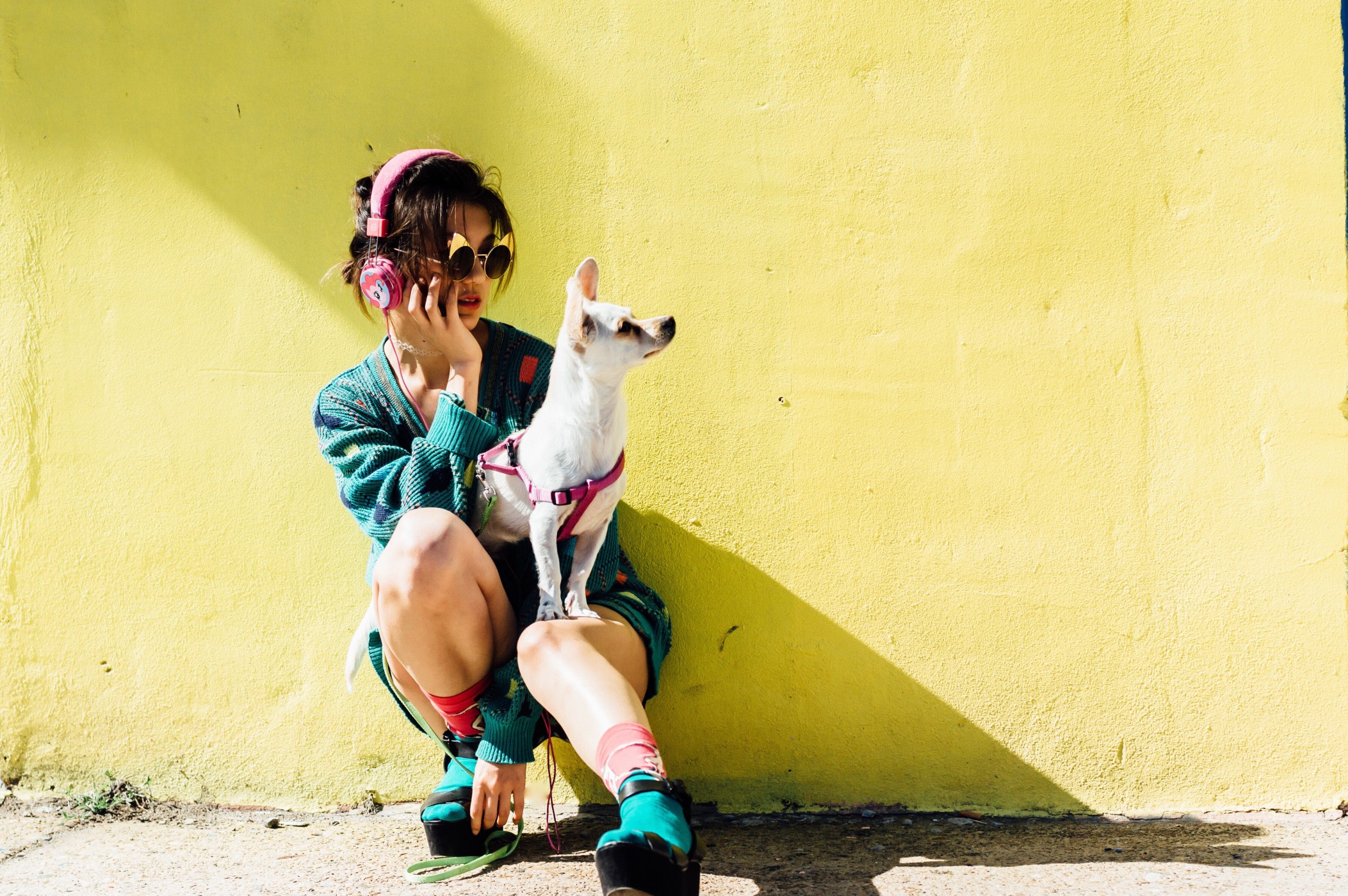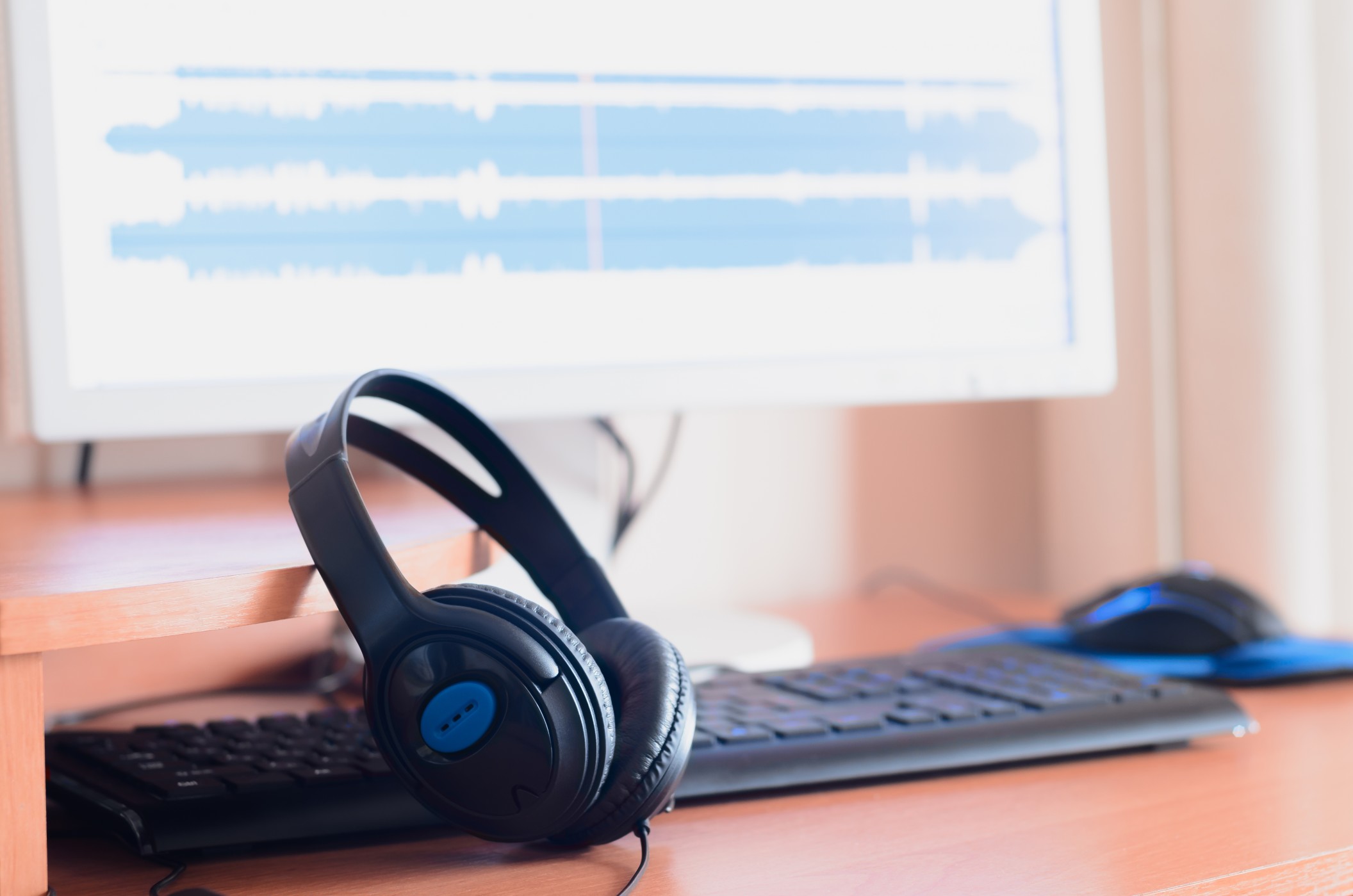Your audience is listening: a recipe for perfect audio ads
Music, podcasts and live-streams are in a moment of major growth.
In the last year 65.3% of Americans (218.6M) 70% of Canadians (26.6M) are tuning into digital audio every month, and with the rapid rise of working from home, the consumption of audio content has just exploded, meaning the opportunities for your brand to grow with audio ads are exploding too.
But gone are the days where the same ad would play on Radio on the hour, every hour, burning it’s jingle into your mind. Now your audience is moving between rooms, devices and channels throughout the day, looking for different content to meet their moods, and the resulting opportunity for always on advertisers is immense. With new privacy concerns on mobile and an increasingly ad-blocked world, many are turning to audio as a way to break out of these restrictions.
But with so many options, how do you create “audio ads” that will actually work?
That’s where programmatic audio ads come in.
Programmatic audio enables you to run audio ads through your demand-side platform (DSP), similar to running visual ads on Facebook or Instagram. By using a DSP in tandem with platforms like Spotify you can identify users based on key metrics like location, time of day, age, listening habits and serve up perfect audio ads that really hit the spot and live in your overall buying strategy. For more in-depth information on these metrics, we recently spoke to Spotify’s Ivan Pehar on our Podcast, The Recipe, about how Spotify has created a way to move with your audience throughout their day based on “Moods, Moments and Mindset” to help create these audio touch-points along the buyers journey.
So read on and we’ll break down the ingredients of creating an audio ad, from scripting to distribution to help your brand start their journey into the world of audio ads.
Types of Audio Ads

With audio ads, you can reach audiences while they listen to music, podcasts, streamed radio, or other forms of in-ear content with some seriously impressive engagement rates. According to Nielsen Media Lab, they can actually enjoy a 24% higher recall rate than visual ads.
To cook up your own programmatic audio campaigns, you’ll need to understand how audio ads are different from other channels, like search, display, video and connected TV (CTV).
On the surface it’s pretty obvious: With audio, your ads reach your audience through sound rather than through visual cues, and your information is relayed by Voice Over (VO). But under the surface, the delivery of Audio ads can differ quite a bit from traditional display ads for social or search.
There are different types of audio ads, but they always share something in common: They are characterized by a voice over which relays your message to your audience.
In our breakdown we’re focusing on two main types of audio ads, Linear Audio Ads, and Native Audio Ads.
Linear audio ads are commercial ads that can be placed pre-roll, mid-roll or post-roll (meaning before, in the middle, or after your content).
There are 2 types of units: pre-produced and native. Pre-produced are exactly that: they are produced in advance by the advertiser and then distributed via a DSP or the platform itself and inserted based on auction rates, metrics or other similar data.
When turning on a streaming app, you will hear a pre-produced commercial audio ad before the music or podcast begins playing, or, you might hear an audio ad while listening to a streaming channel. These are Linear ads.
You have definitely heard Native audio ads before: they are typically found in podcasts as scripted ads that are read by the show’s hosts. Remember all those “Try this VPN?” or “Hunt A Killer” ads? Those are Native to the programming itself.
Because there are fewer steps to creating a native ad (and less ways to track them), in this article we’ll focus on creating pre-recorded, or, Linear audio ads.
What makes great audio ads?

Every audio ad is made up of several key components, but all of them revolve around the most important part of your audio ad: its message.
From the script itself to the voice actor used for the VO and background music (called a bed), every detail of your ad contributes to the impact of your message to the listener. Much like visual imagery on mobile can “Stop Thumbs”, a well produced audio advertisement can “stop ears” and pique interest in your listeners, as well as establish a key part of your brand by establishing an audio identity that’s recognizable and matches your full brand guidelines.
For our perfect audio ad recipe, we’ve broken down 4 key steps you’ll need to follow:
1.) Write The Script
It all starts with a tight script. For any audio ad, the script should be simple, with a clear message that includes a key value proposition and a clearly defined call to action. There’s no need to write a novel here, you’ll want to get to the point quickly for maximum impact. While humour is always a great tool, don’t lose sight of the key message in trying to be too clever or funny with too many jokes that will lose impact with repetition.
Most linear audio ads are usually 15 or 30 seconds long. When writing your ad script, remember that the best audio ads tell a story, in clear language, that keeps the listener engaged and makes the ad memorable. Asking a rhetorical question, or, hiring 2 actors to have a conversation are both good ways to “tell a story” in a short time.
Pro-tip: It’s also good practice that your brand name should be repeated 2-3 times throughout the ad to help recall and build interest.
2.) Find your Voice Over talent
Once your script is finalized, it’s time to find a voice actor, or, actors. You’ll want to find a voice that is on brand and relatable (or appealing) to your target audience, so deep dive into your personas or content marketing matrix and try to establish who the best “voice” will be for each.
For most audio ads, a friendly, conversational tone is going to get the best results. You’re not looking for the “Say it for the people in the back” theatrical types of voices often heard in radio ads, because with programmatic audio you’re reaching people when they’re already actively listening.
Your casting should be appropriate not only for your brand identity and personas, but for the time, place and message for your ads. Running a campaign for listeners late at night? A softer voice may work better than a more upbeat voice earlier in the day, while still remaining on brand. Trying to get your audience excited about game day? Something more exaggerated might be the right play. Only you will know what fits your personas.
3.) Select your bed
The music used in an audio ad (called a bed) can help establish the tone and mood of the script.
Use minimal background music, so it doesn’t distract, and add subtle effects and environmental sounds to create imagery in the listener’s mind. Whether the script is serious or upbeat, the music can have a dramatic effect on the audience and their perception of the message, and effects like the ambience of a room or natural sounds can establish a setting quickly and without the need of your voice actor.
When selecting music for an audio ad, you’ll want something that’s well produced with clear instrumentation, that helps build a mood and doesn’t overpower the narrator. Avoid music with lyrics that could muffle the message, and ensure anything used is royalty free for commercial use.
4.) Record and Mix
You have your script, music and your voice actor so all that’s left is to record your ad.
The script delivery should be slow-paced, with a consistent tone and tempo, and the music should be mixed to be audible without taking attention away from the key message.
Remember: Don’t rush it—but make sure you stay within the ad length of 15 or 30 seconds.
When mixing the final edit, consider the transitions in and out of the ad—you don’t want them to feel jarring to the listener, so a smooth fade or sound effect can be helpful.
Ensure your final ad is also mastered. Mastering is the process of leveling your audio so that each voice, instrument and effect are clear and of the same consistent volume.
Add Audio Ads to Your Digital Strategy
Now that you’ve created a great ad, it’s time to run your digital audio campaign through your DSP or work with your agency to bring your media strategy to life. (Still looking for help building your brand with audio ads? Let’s talk.)
With programmatic audio you can buy targeted ads from all the major audio publishers using one system, or, you can go all in on a single platform using self-serve tools. Your ad platform will enable you to use the same audience targeting parameters from your native, display and social campaigns, making it simple to integrate audio into a brand-wide plan alongside your other channels.
How to measure Audio ads performance
If you can’t measure it, you can’t scale it. And audio ads come with their own unique challenges in the digital advertising landscape.
When it comes to measuring the results of your audio ads, the IAB’s Digital Audio Buyer’s Guide 2.0 provides a large list of digital metrics to quantify reach and effectiveness.
The most basic is ad playback (the number of times it was heard) as well as the Listen Through Rate (LTR), which is number of times the advertisement was played until the end. These metrics are similar to video advertisements on Facebook and Instagram ads.
On a more brand-centric level it is possible to evaluate the user’s response after exposure to the campaign, as you would with a traditional brand lift study.
But on a high level, remember that in many digital audio sessions the screen remains inactive: the consumer is simultaneously engaged in another activity that is incompatible with viewing a traditional banner or CTA that results in a “click”.
In these situations, there are “low-tech” tracking alternatives based on the your clear and concrete call to action (CTA) within the advertisement, and on the users’ engagement level.
An basic example of this tactic would be promotions activated on the web by a code communicated in the audio message (ie: use code “Abacus10 for free shipping”)
Ultimately, the results of digital audio can best be calculated by implementing post-listen surveys to measure brand recall and purchase intent.
A basic ROAS can also be achieved by observing the direct impact on sales during the implementation of the campaign, either in the online store or in-store.
Recap: 7 steps to great audio ads.
- Develop a message that’s clear and to the point
- Incentivise your audience with a clear CTA
- Build a mood with music and sound effects
- Keep it casual and conversational to build trust
- Stay on message and keep your ads brief for maximum impact
- Test your ads to find the best performers for each campaign: one size does NOT fit all.
- Create your measurement KPI’s and track, track, track!
Getting help with your audio ads campaigns.
Sometimes to meet the demands of the digital audio market your brand may work best with an agency to help create a campaign that really connects with customers. At Abacus we’re always ready to help you create not just an “audio ad” campaign, but to build a multi-touch, holistic growth engine you can count on. Take a look at our past work and see for your self, and when you’re ready, become a partner.